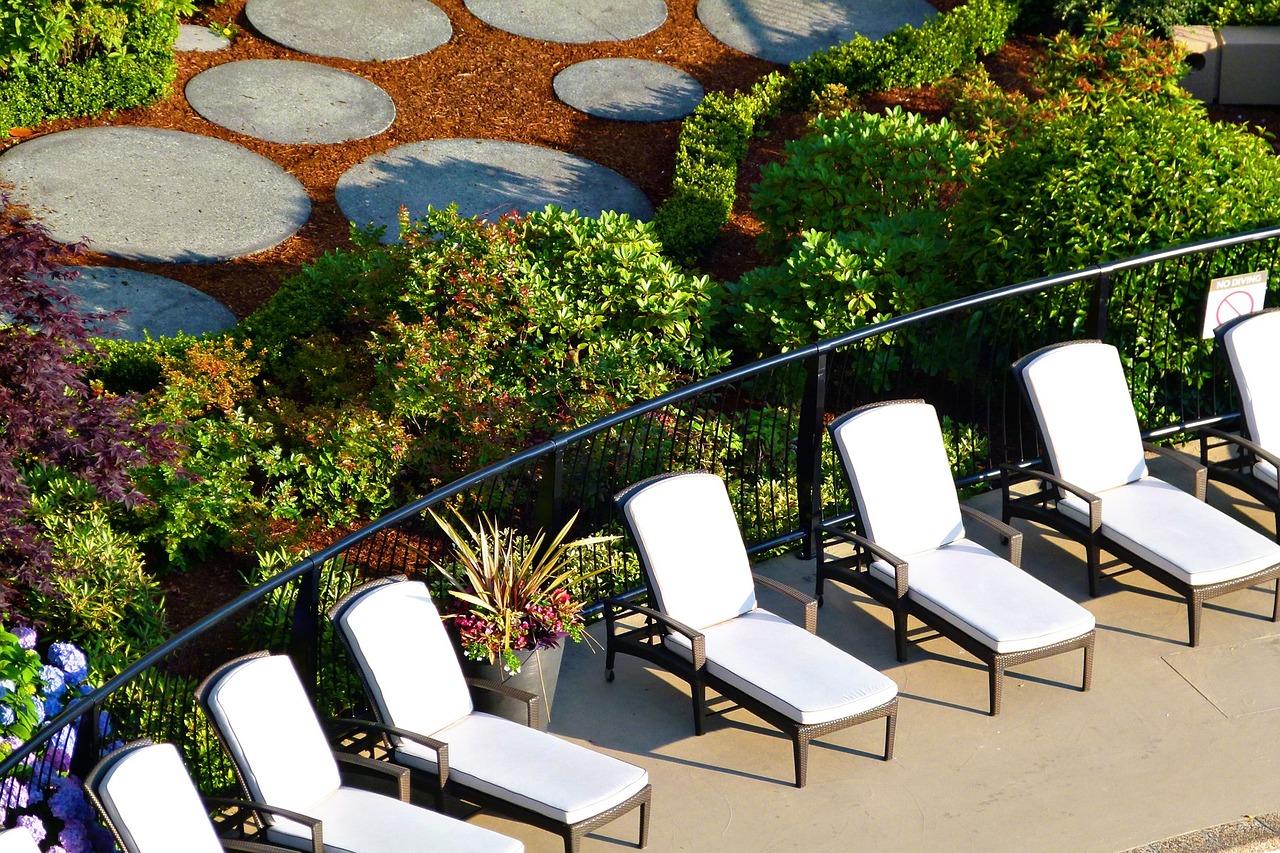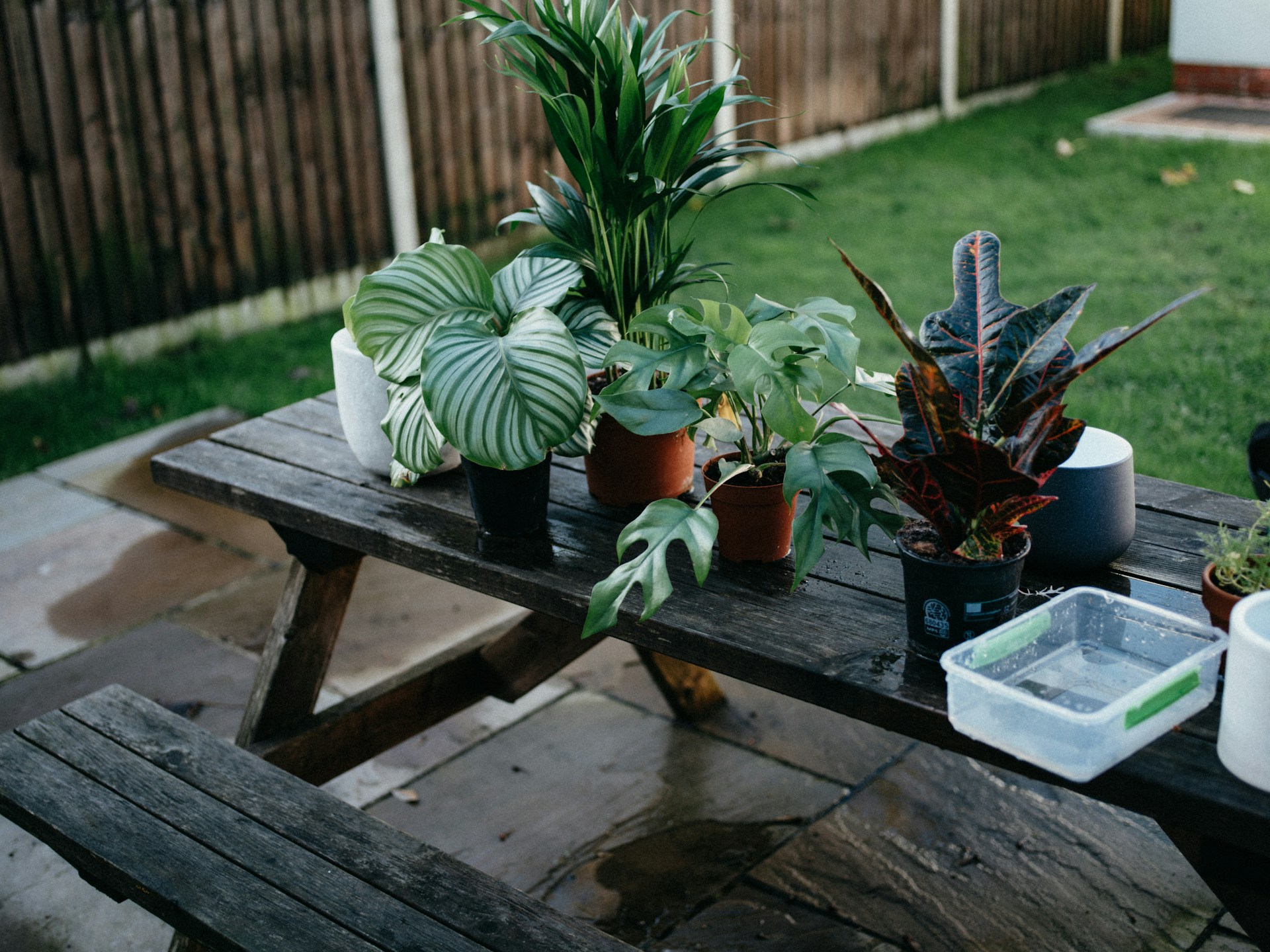Key Factors to Consider When Redoing Your Home's Outdoor Areas
The outdoor areas of a home are often neglected, serving as just functional spaces for storage or occasional entertaining. However, these overlooked spaces have the potential to enhance the overall aesthetic and value of your home. Whether you are planning to sell your house or simply want to create a more welcoming and comfortable environment for yourself and your family, redoing your home's outdoor areas should be high on your priority list. But before launching into any major renovations, there are several important factors that you need to consider to ensure successful and satisfactory results – read on!

Purpose of the Space
The first and foremost factor to consider is the intended purpose of the outdoor space. Deciding how you plan to use the area will significantly influence all subsequent decisions. No matter the size or style of your outdoor areas, they can be transformed into a variety of functional spaces, such as a cozy seating area for relaxation, an outdoor dining space for entertaining, a playground for children, or even a vegetable garden. In terms of landscape design drawings, you need a clear vision of how you want to utilize the space. Once the purpose is determined, it will be easier to plan and execute the redesign.
Climate and Weather Conditions
The selection of materials, plants, and design elements must align with the weather patterns your area experiences. For instance, areas prone to heavy rainfall will benefit from non-slip surfaces and adequate drainage solutions to prevent waterlogging while regions with intense sun exposure might require shaded areas, UV-resistant materials, and drought-tolerant vegetation.
Features like windbreaks or materials that can withstand local weather extremes will ensure your outdoor spaces remain functional and attractive throughout the year, enhancing their usability and longevity. This attention to climate adaptability can significantly influence the enjoyment and maintenance of your outdoor living spaces.
Privacy Needs
Creating a sense of privacy in your outdoor spaces is crucial for them to truly feel like an extension of your home where relaxation and unwinding is possible. Implementing fencing or tall plants can offer solitude and shield you from the eyes of neighbors or passersby. The strategic use of landscape design elements such as trellises covered with vines or privacy screens can enhance the aesthetic appeal while providing a functional barrier.
Select materials and plants that are not only visually appealing but also offer sound insulation to reduce noise pollution from traffic, neighbors, or other sources. Consider the placement of your outdoor areas in relation to adjoining properties and roads, and plan accordingly for privacy.
Budget
Before starting your makeover, establish a budget that you can realistically afford and stick to it throughout the process. Consider all expenses, including materials, labor costs, permits, and maintenance requirements.
When selecting materials for your outdoor spaces, opt for quality over quantity where possible. High-quality materials may have a higher upfront cost, but they will save you money in the long run by requiring less maintenance or replacements. Not to mention the added value and curb appeal they provide to your home.
Maintenance Level
The level of maintenance required for your outdoor space is a critical consideration, heavily influenced by the elements you choose to incorporate. Opting for native plants, which are naturally adapted to the local climate, can significantly reduce the need for water, pesticides, and fertilizers, thus lowering the overall care your garden demands.
Similarly, selecting hardscaping materials like concrete or stone can minimize upkeep compared to wood decking, which may require regular staining or sealing. When planning your outdoor area renovation, consider how much time and resources you are willing to dedicate to maintenance.
Aesthetic Harmony
A well-designed outdoor area should complement the style of your home to create a cohesive and visually appealing look. Consider incorporating design elements that are consistent with the architectural features of your house, such as using similar materials or color palettes.
Avoid overwhelming your outdoor spaces with too many contrasting styles or elements that don't flow together. Know that simplicity can be just as effective in creating an inviting and harmonious outdoor space.
Local Regulations
Before you start making plans for your property, it's a good idea to check for any local regulations that could potentially impact your projects. Zoning laws and homeowners association rules are two major factors to consider.
Zoning laws regulate land use and can dictate what you're allowed to do with your property, such as building a fence or adding an addition to your home. Homeowners association rules are put in place to maintain uniformity in a community and often cover things like paint colors or landscaping. It's important to do your due diligence and research any regulations that may be in place to avoid any potential legal issues.

Transforming your home's outdoor areas into beautiful, functional spaces requires careful consideration of various factors, from the intended purpose and local climate to privacy needs and aesthetic harmony. By taking into account these essential elements, you can ensure that your outdoor space enhances your home's value while also serving as a personal haven for relaxation and enjoyment. A well-planned outdoor area can significantly improve your quality of life and provide a serene escape from the hustle and bustle of everyday life.